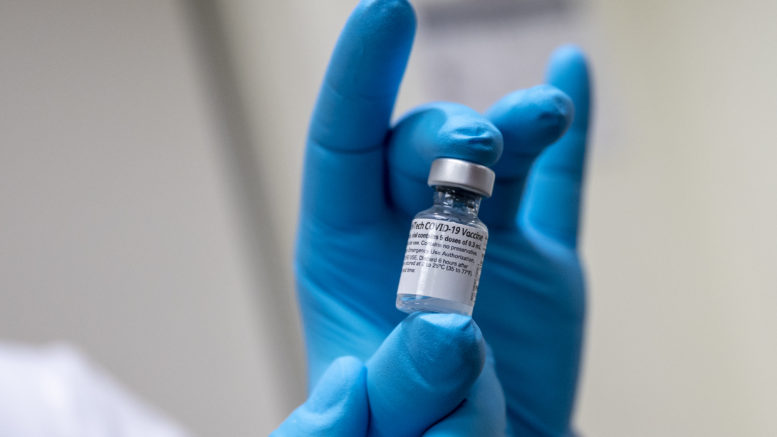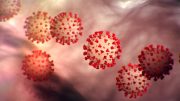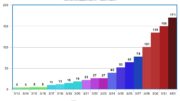Editor’s note: Sacramento County Public Health responds to call to action from Black leaders
Racial equity in life-saving COVID-19 vaccinations is a huge issue everywhere, including Sacramento County.
On Feb. 17, a new group of African-American community leaders called on Sacramento County supervisors and health care providers to do more to provide equitable access, noting the “devastating impact” of the pandemic on Black residents.
“Blacks have disproportionately suffered in nearly every area: we are dying at an alarming rate, our children are struggling out of the classroom, our businesses are rapidly closing, many of us are going without basic needs and it is unclear when or how we will be able to recover from these difficult times,” Sacramentans Advocating for Vaccine Equity said in the open letter..
“A fair and equitable distribution of the COVID-19 vaccine by regional health care providers and county health officials is just the first step in rebuilding the damage the pandemic has had on the Black community.”
On Feb. 23, county health officials released a response that includes progress on some of the group’s requests.
For instance, they said they are coordinating with Black community groups and are working on pop-up vaccination sites in Del Paso Heights and South Sacramento. Once more vaccine doses become available, there will be more sites, including in South Sacramento, officials said. They said they are also working on a vaccination location in North Highlands for seniors and working with Regional Transit to provide free transportation.
County Public Health is also working with Sierra Health Foundation to convene a health equity task force, including a committee of Black leaders. Officials said they are also working with the foundation on a media campaign to “address vaccine misinformation and hesitancy” among African-American residents.
“Our goal is to do everything we can to eliminate the disparities and inequities in vaccination administration. We welcome participation from members of the impacted communities to continue to look for solutions to address vaccination hesitancy and remove barriers for access,” Sue Frost, chairwoman of the Board of Supervisors, wrote on behalf of the county.
UPDATE: In response, the SAVE group said Feb. 24 that while it appreciates the county’s efforts and understands the limited supplies of vaccine, more must be done to make sure that doses go to poorer, Black and Brown residents. The group repeated its demands.
“To be clear, as stated in our previous letter, our concern is the inequitable distribution of the COVID-19 vaccine that is happening now without any clear plan to address it,” the response said.
It said that there have been vaccination efforts targeted to “very affluent” neighborhoods. “The disproportionate vaccine distribution data has served as a warning for our community that, once again, if we as a region are not intentional with our efforts, our most vulnerable will suffer,” the letter said.
On Feb. 23, the board received an update on vaccinations and the COVID-19 response.
In the most recent numbers from the California Department of Public Health, 36.5% of shots in Sacramento County went to white residents, 11.7% to Asians, 7.5% to Latinos and 4% to Blacks, who account for 9.5% of the county’s COVID-19 deaths.
Statewide, the numbers were 33% white, 16% Latino, 13% Asian and 3% Black. State officials are changing their equity program after younger, wealthier residents used codes intended for essential workers and seniors in underserved communities.
Public health officials say that the underrepresentation of people of color so far is because the occupations prioritized for the first shots are disproportionately white, not because of poor outreach.
Latino advocacy groups are also highlighting equity. La Familia hosted a pop-up vaccination clinic on Feb. 13 aimed at Latinos and vaccinated 155 people.
In addition, advocates are warning that undocumented immigrants are being left out of vaccinations and are being targeted by scammers. They’re calling on the county to increase public information and to create dual-purpose sites where people can get both tested and vaccinated.
County health officials said they plan pop-up vaccination clinics aimed at Native Americans and Pacific Islanders.
Sacramento County, like most of California, is still in the early stages of vaccination. It just moved into the second phase, which includes those 65 and older, though it could take some time to vaccinate 236,000 seniors, plus 62,000 emergency responders.
On Feb. 16, the county started vaccinating child care workers and K-12 teachers, which could be essential to reopen more schools. That’s another 51,000 people. And then there’s another 94,000 food and agriculture workers next in line.
Overall, according to the latest numbers, more than 173,000 doses have been received by Sacramento County residents, including 48,000 second doses.
Another 46,500 doses have gone to people who work in Sacramento County in health care and other priority occupations, but live elsewhere. Those numbers don’t include shots allocated by the state directly to pharmacies for nursing homes.
But county officials say that the county’s vaccine allocation dropped by 18% from the week of Feb. 15 (18,125) to this week (14,850). Officials told supervisors they are talking to the state about increasing the allocation again.
Supervisors said they are hearing from worried constituents and want to register their concerns with the state as well.
“We need to get our fair share,” said Supervisor Don Nottoli, because without vaccines, schools can’t reopen and life can’t return closer to normal.
Statewide as of Feb. 23, about 7.6 million vaccine doses have been administered and 9.8 million doses have been delivered.






Be the first to comment on "Racial equity in COVID-19 vaccines"